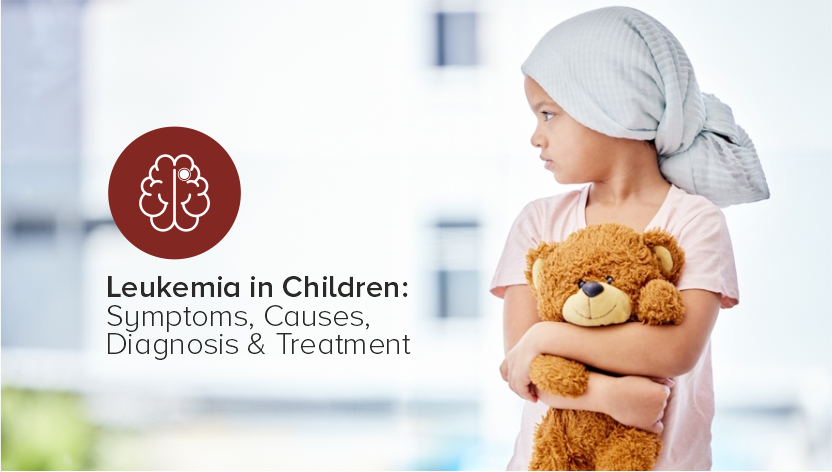Leukemia, a type of cancer that affects the blood and bone marrow, can be particularly devastating when it occurs in children. Understanding the symptoms, causes, diagnosis, and treatment options is essential for parents, caregivers, and medical professionals to provide timely and effective care. Leukemia is a cancer of the blood-forming tissues, including the bone marrow and the lymphatic system. In children, it accounts for about 30% of all cancers, making it the most common type of childhood cancer. The disease causes the production of abnormal white blood cells, which can interfere with the body's ability to fight infection and cause other serious health issues.
